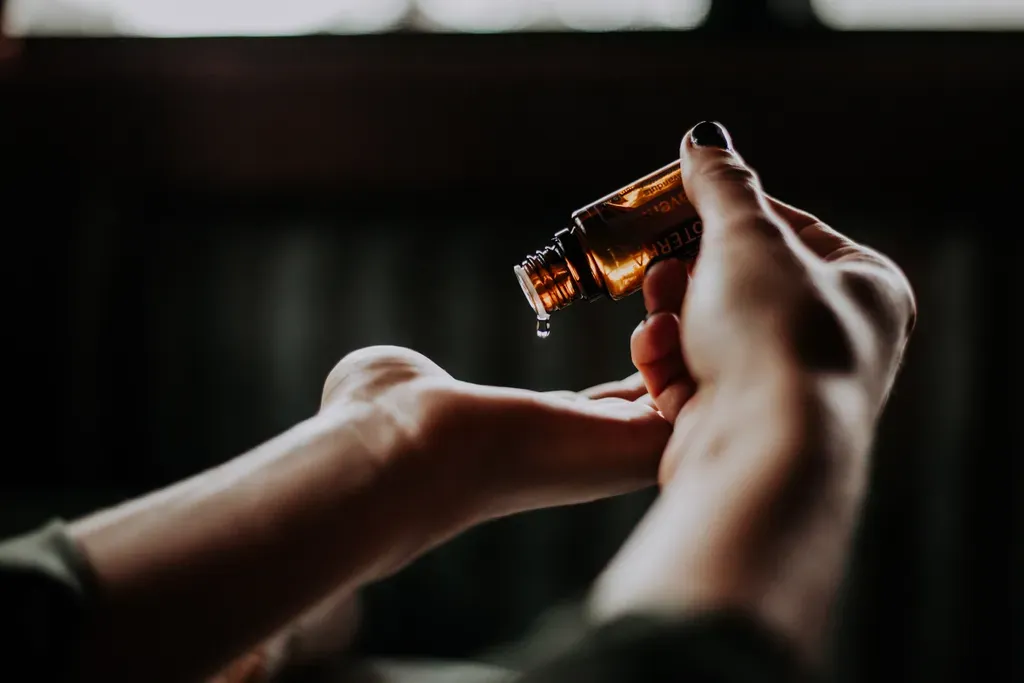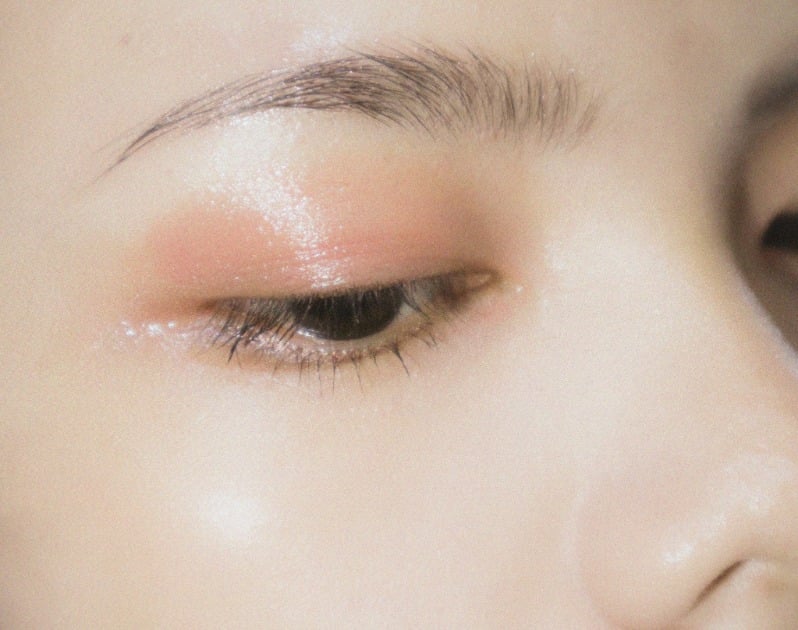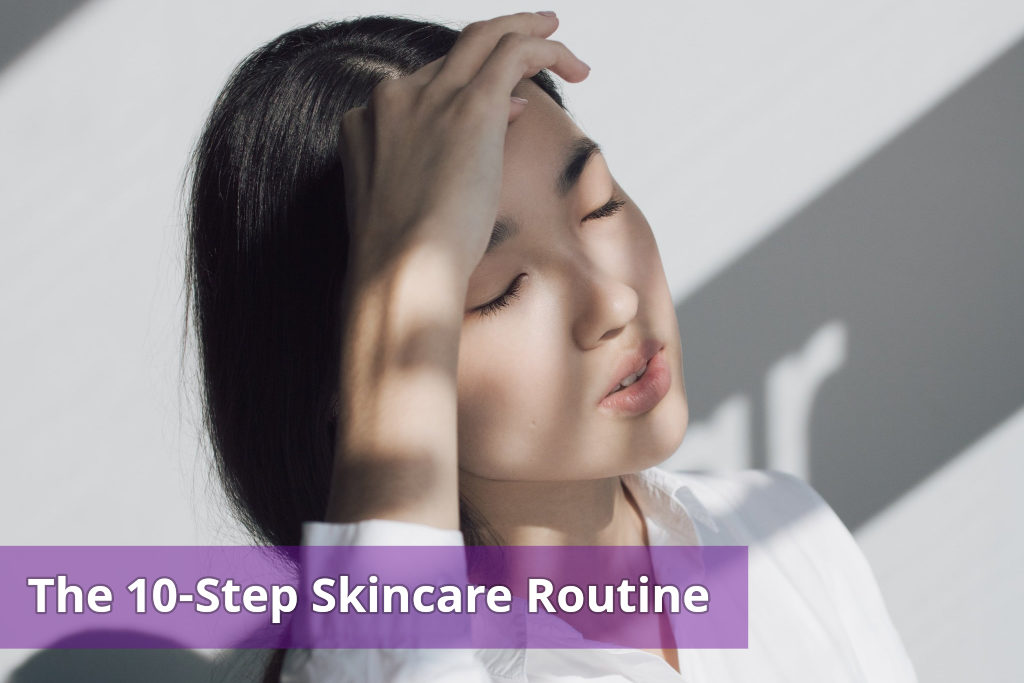My Tried & True Guide to Choosing the Best Sunscreen for Your Skin
As skincare devotees know, sun protection is non-negotiable. But with so many options on the market, how do you pick the perfect sunscreen for your unique skin's needs? Join me as I share everything - types of UV rays, formulas, reef-safe picks, proper usage and more! Read on and transform your sunscreen game. Your skin will thank you!

Understanding Harmful UV Rays
Exposure to ultraviolet radiation without proper protection can damage your skin and cause premature aging and lead to skin cancer. There are a few types of UV rays:
- UVB rays penetrate the top layer of skin and cause sunburns. They are the primary cause of skin cancer and pre-cancers. When you look at a sunscreen and see SPF, which stands for Sun Protection Factor, it indicates protection against UVB rays.
- UVA rays penetrate deeper into the dermis, causing aging, wrinkles and collagen/tissue breakdown. Look for sunscreens labeled "broad spectrum" to ensure UVA coverage.
- Both UVA and UVB also diminish skin's immune response, potentially leading to pre-cancerous growths and premature skin aging.
While sunshine provides some benefits, be mindful of overexposure. Understand the UV risks and choose broad spectrum protection daily.
Physical vs. Chemical Formulas
There are two main types of sunscreen filters- they include physical and chemical filters.
Physical sunscreens use minerals like zinc oxide or titanium dioxide. These ingredients sit on top of skin and reflect/scatter UV rays away like tiny mirrors before they can penetrate skin. Physical filters are less likely to irritate and are safer for reefs. But they can leave a white cast on darker skin tones.
Chemical sunscreens absorb UV rays, converting them into heat which then dissipates from skin. Many commonly used chemical filters have come under scrutiny for potential environmental impact to coral reefs and absorption concerns. But these days, chemical screens provide reliable broad spectrum protection with a more cosmetically elegant finish.
Selecting Your SPF
SPF (sun protection factor) indicates protection against UVB rays. SPF 30 blocks 97% of UVB and SPF 50 blocks about 98%. Contrary to popular belief, SPF 100+ does not offer significantly more protection. I recommend SPF 30 to 50 for both UVA/UVB protection without a false sense of security.
Proper application is also key for full protection. Apply about 1/4 teaspoon each for face and neck, and more generously for body. Reapply every 2 hours of sun exposure. Don't skimp on application - too little sunscreen reduces protection,making the product less effective.
Ingredients to Avoid
Some chemical filters have raised red flags over potential health and environmental concerns. Hawaii has banned the sale of sunscreens containing filters such as oxybenzone and octinoxate since they are recognized for harming and bleaching coral reefs.
Nanoparticle zinc and titanium dioxide may also damage reefs. Look for non-nano or micro-sized minerals instead. And beware misleading labels - "transparent" or "sheer" zinc often indicates nanoparticles.
Bonus Skin-Nourishing Benefits
Many sunscreens also contain antioxidant, anti-inflammatory and hydrating ingredients like niacinamide, hyaluronic acid, green tea and ceramides. This provides extra skin nourishment and skin-loving benefits.
For anti-aging, seek formulas with antioxidants to combat skin-damaging free radicals. And dry skin can benefit from hydrators like glycerine and ceramides.
Physical Faves for Sensitive Skin
Those with sensitive or acne-prone skin often tolerate physical sunscreens better. Some of my favorite gentle mineral SPFs include:
- ThinkBaby Safe Sunscreen SPF 50 - zinc oxide, fragrance free, non-nano
- Supergoop Zincscreen - reef-safe, less white cast than some zinc screens
- Sun Bum Mineral Sunscreen Lotion SPF 50 - zinc oxide & titanium dioxide, oil-free
Chemical Choices for Cosmetic Elegance
For normal or dry skin, these chemical sunscreens provide reliable protection with a more elegant finish:
- Supergoop Glowscreen SPF 40 - oil-free, brightens complexion with subtle pearl powder glow
- Sun Bum Face Lotion SPF 50 - oil-free, won't clog pores or cause breakouts
- Fenty Skin Hydra Vizor SPF 30 - oil-free, hydrating and lightweight texture
Proper Usage Tips
How you apply and use sunscreen is just as important as choosing the right formula:
- Apply as the absolute last step of your skincare routine to avoid diluting coverage.
- Reapply every 2 hours of cumulative sun exposure, and immediately after swimming or sweating heavily.
- Make sure to apply at least a ¼ teaspoon or 2-3 fingers worth of sunscreen for adequate protection.
The Takeaway
There are so many great sunscreens today offering broad spectrum protection in cosmetically elegant formulas. Take the time to understand UV rays, ingredients, and your skin's needs. Consistent daily use of the right SPF will keep your skin healthy and can minimize skin aging.
Frequently Asked Questions
What are some common ingredients found in physical sunscreens?
Common ingredients in physical sunscreens include zinc oxide and titanium dioxide. These minerals sit on top of the skin and provide a physical barrier that reflects and scatters UV rays away from the skin.
Can you explain the differences between UVA and UVB rays and how they affect the skin?
UVA rays penetrate deeper into the skin and can lead to premature aging, wrinkles, and collagen breakdown. UVB rays primarily affect the top layer of the skin, causing sunburn and contributing to skin cancer. It's essential to use a sunscreen labeled "broad spectrum" to protect against both types of UV rays.
Are there any sunscreen ingredients that are harmful to coral reefs, and which ones should I avoid?
Yes, some chemical filters like oxybenzone and octinoxate have been linked to coral reef bleaching and are banned in some regions like Hawaii. To minimize environmental impact, it's best to choose reef-safe sunscreens without these ingredients.
What is the significance of nanoparticles in sunscreen, and why should I look for non-nano or micro-sized minerals?
Nanoparticles in sunscreens can be harmful to coral reefs and marine life. Non-nano or micro-sized minerals, such as zinc oxide and titanium dioxide, are larger particles that are less likely to have adverse effects on the environment.
Do sunscreens with added antioxidants offer any specific benefits for the skin?
Yes, sunscreens with added antioxidants provide extra protection against skin-damaging free radicals caused by UV exposure. These antioxidants can help prevent premature aging and promote overall skin health.
What should I consider when choosing a sunscreen for sensitive or acne-prone skin?
If you have sensitive or acne-prone skin, consider using physical sunscreens with ingredients like zinc oxide or titanium dioxide, as they are less likely to cause irritation. Look for formulas that are labeled as "fragrance-free" and "non-comedogenic" to minimize the risk of breakouts.
Can you provide some tips for properly applying sunscreen to maximize its effectiveness?
To ensure effective protection, apply sunscreen as the final step in your skincare routine to avoid diluting its coverage. Use about 1/4 teaspoon, or 2-3 fingers for the face and neck and reapply every two hours of sun exposure.
How often should I reapply sunscreen, especially when spending an extended period of time in the sun?
It's crucial to reapply sunscreen every two hours of cumulative sun exposure, even more frequently if you're swimming or sweating heavily. This helps maintain consistent protection throughout the day.
Is there an ideal order for applying sunscreen within my skincare routine, and why is it important?
Apply sunscreen as the last step of your skincare routine. This ensures that it forms a protective barrier on your skin, preventing UV damage. Applying it earlier in your routine may reduce its effectiveness.
What should I look for when selecting a sunscreen that suits my skin type and needs?
When choosing a sunscreen, consider your skin type (sensitive, oily, dry, etc.), any specific skin concerns (acne, aging, etc.), and your activity level. Look for a sunscreen that offers the right level of SPF protection and addresses your skin's unique needs, whether it's a physical or chemical formula. Additionally, consider factors like water resistance and whether it's labeled as reef-safe if you'll be in marine environments.
Featured References
Understanding Sunscreen and Why it is a Must (YouTube)
Sunscreens I Love & Finished Up (YouTube)







